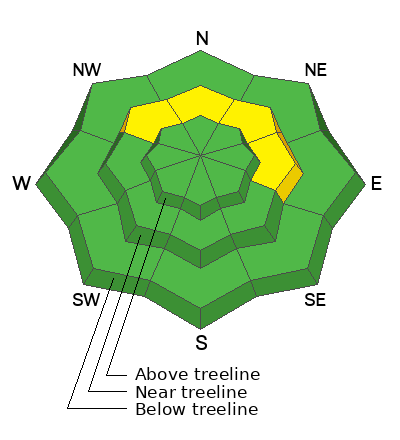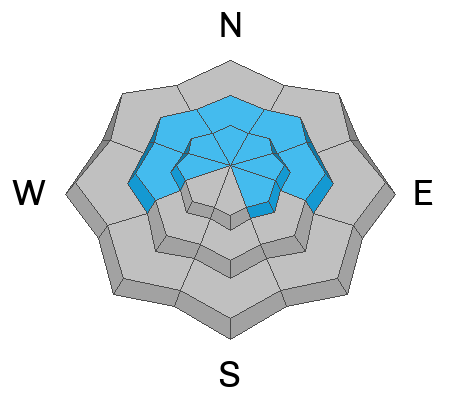Forecast for the Moab Area Mountains

Issued by Dave Garcia on
Tuesday morning, January 21, 2025
Tuesday morning, January 21, 2025
A MODERATE danger exists on near treeline slopes facing NW-N-NE-E. Human-triggered avalanches 1 to 2 feet deep are POSSIBLE failing on a persistent weak layer of faceted snow.
All other terrain has a low danger; watch for shallow wind drifts on isolated terrain features.
Above the treeline, you can increase your margin of safety by avoiding very steep, shallow, rocky areas and the most extreme terrain.

Low
Moderate
Considerable
High
Extreme
Learn how to read the forecast here







